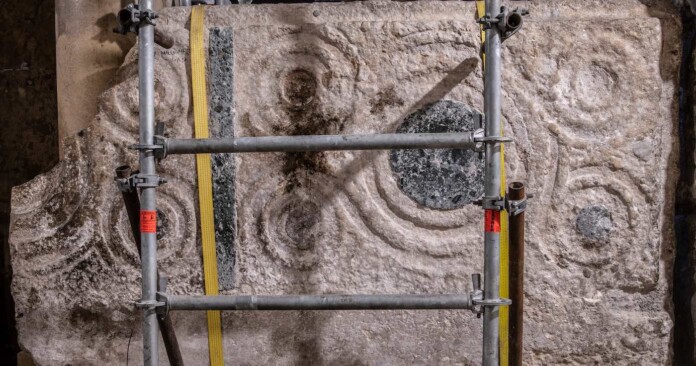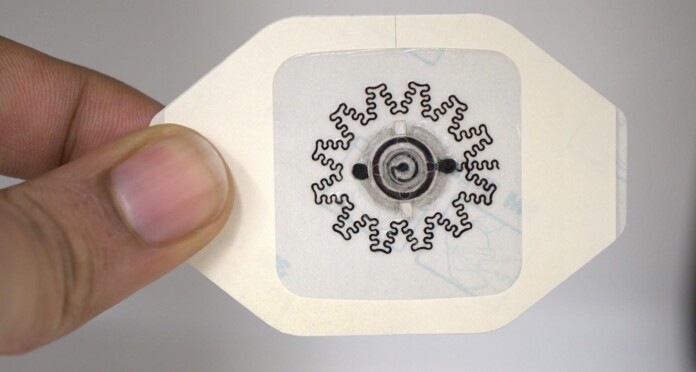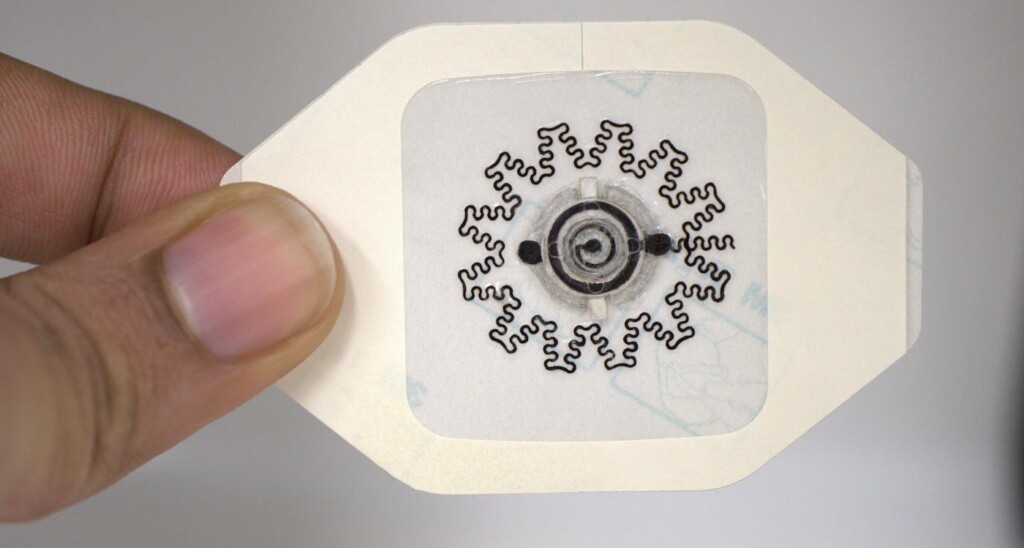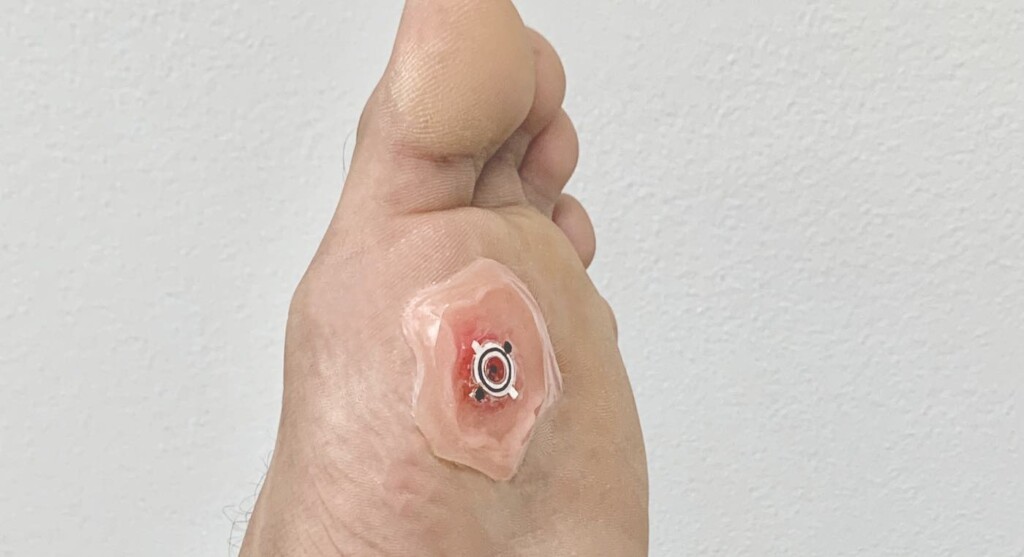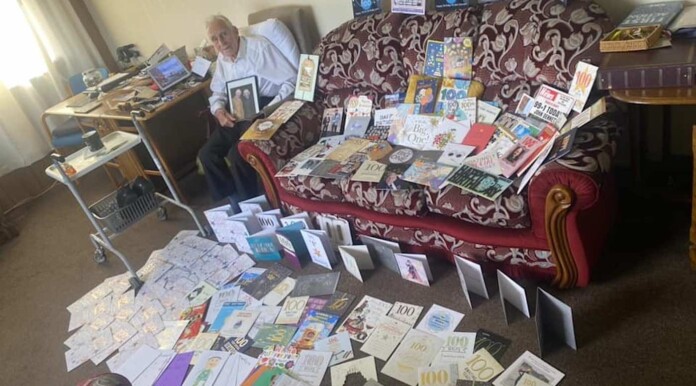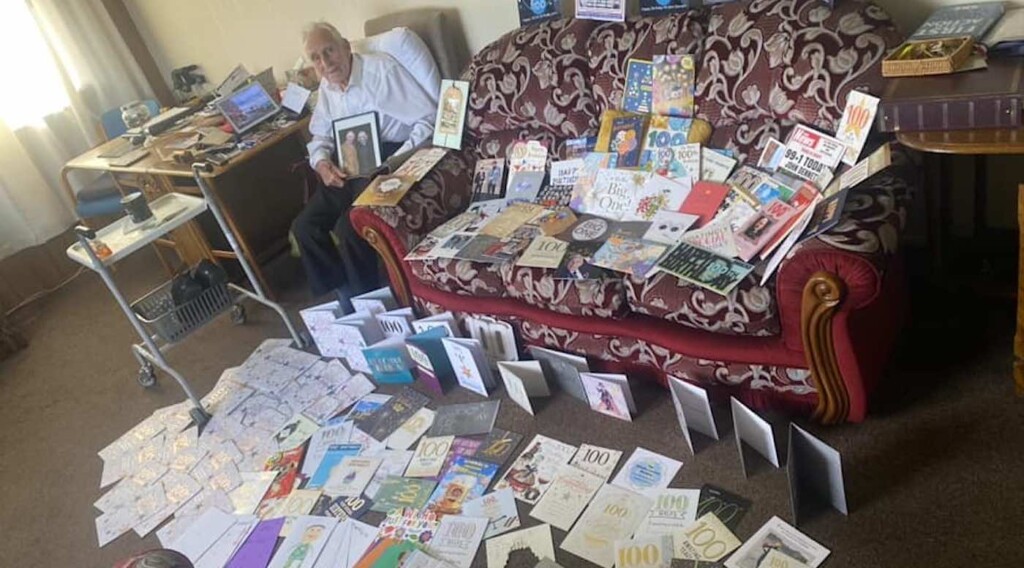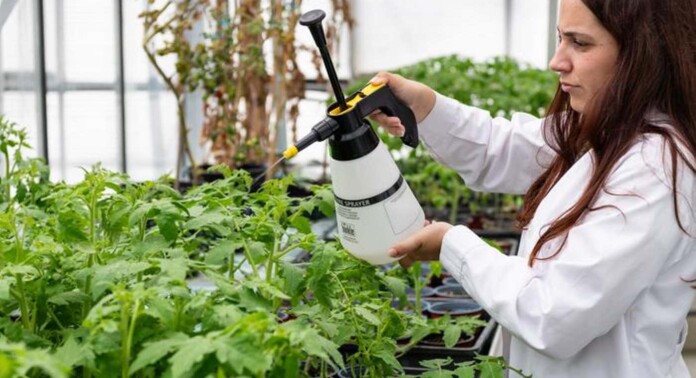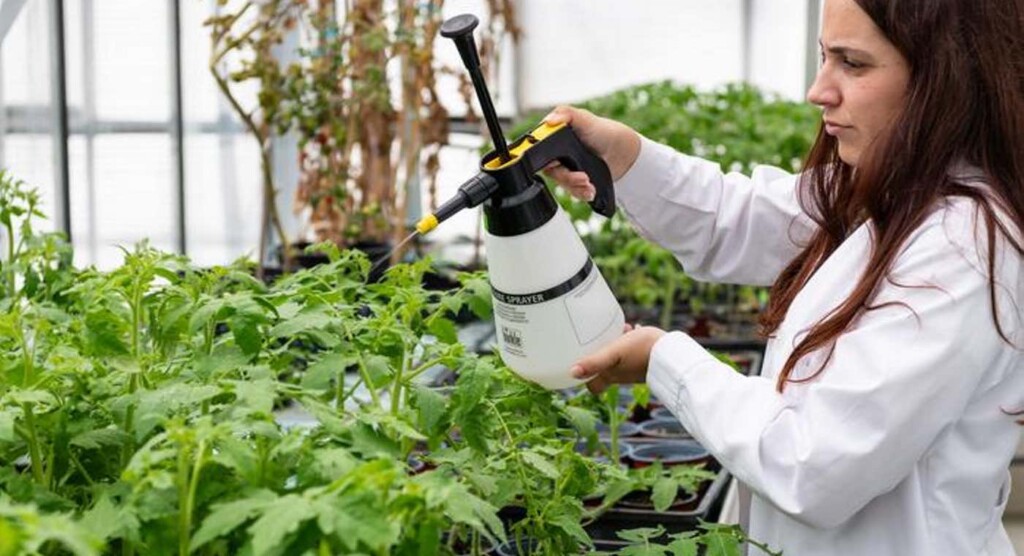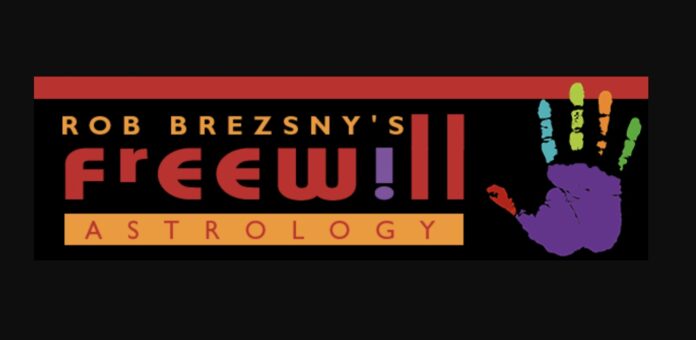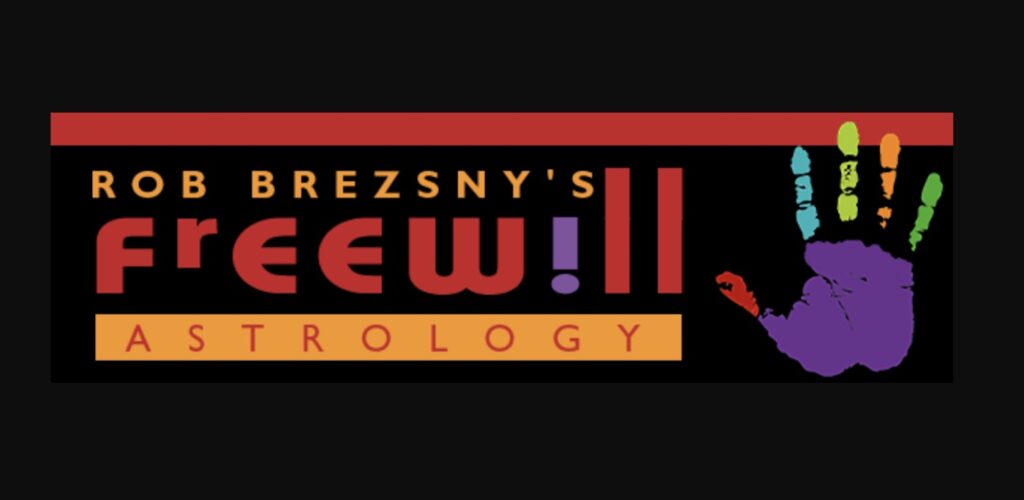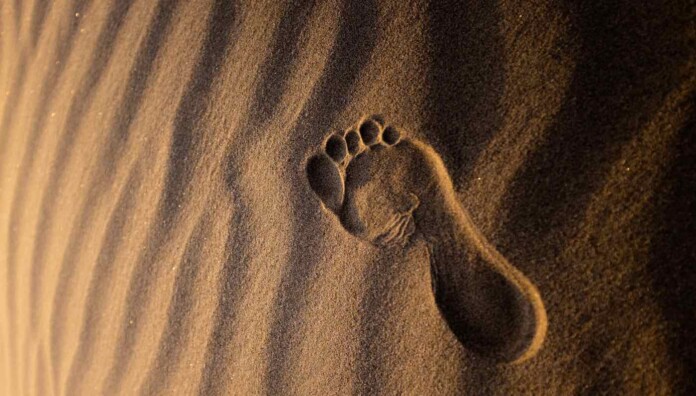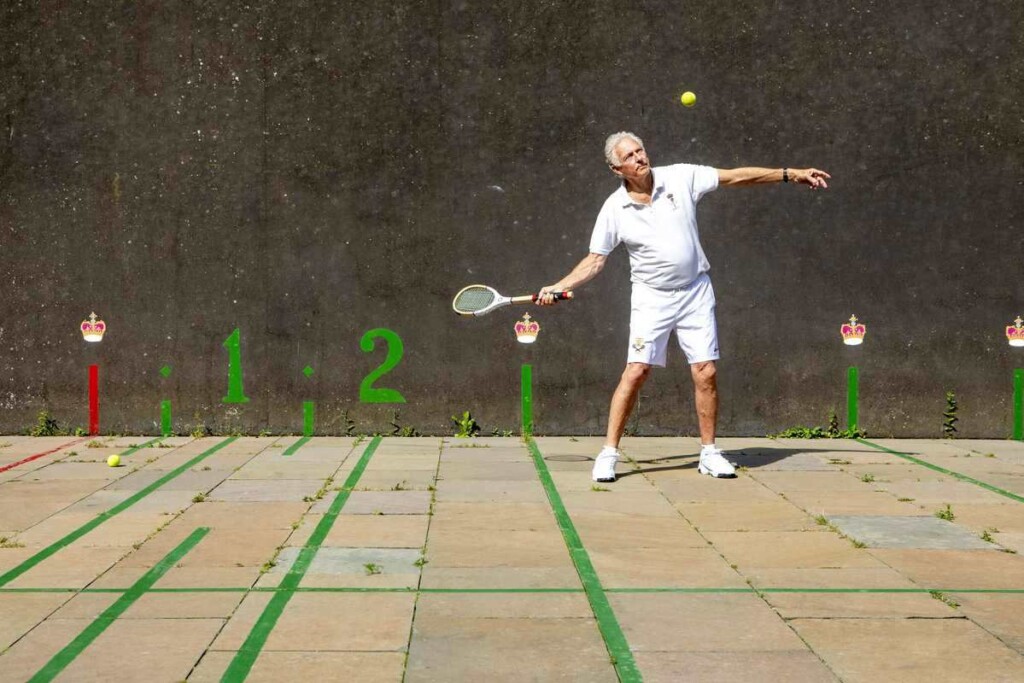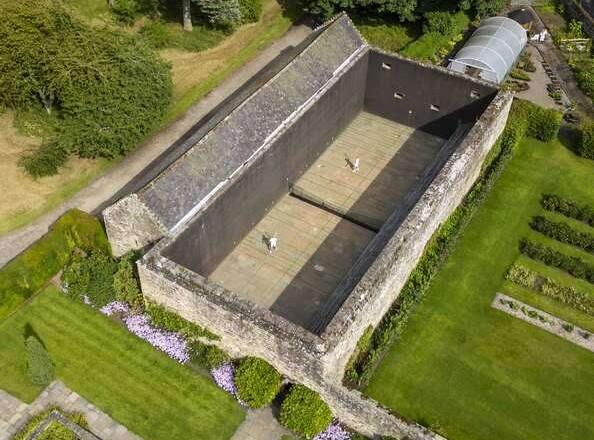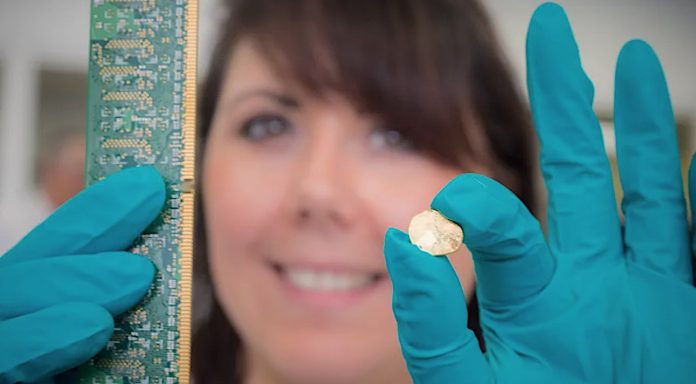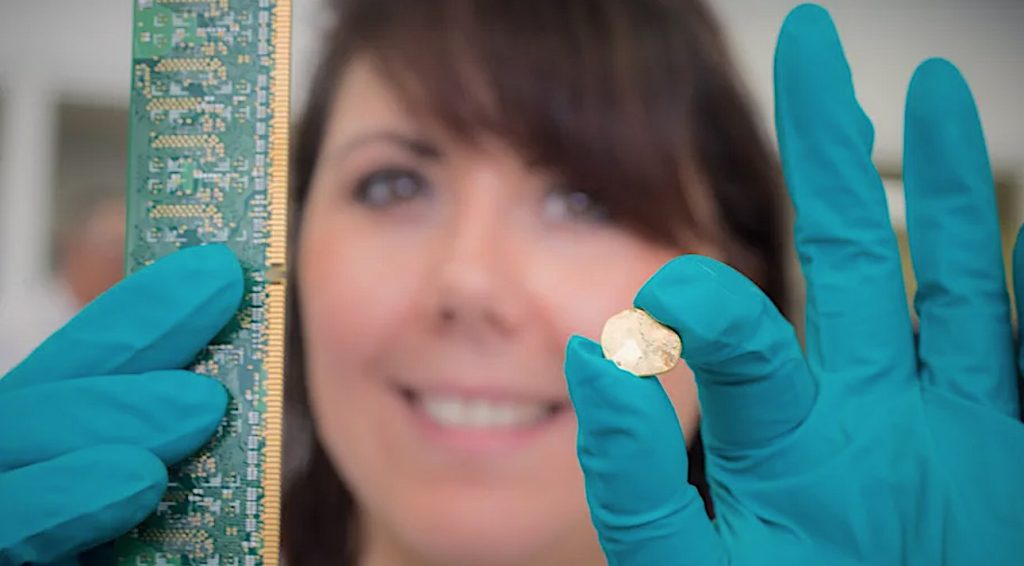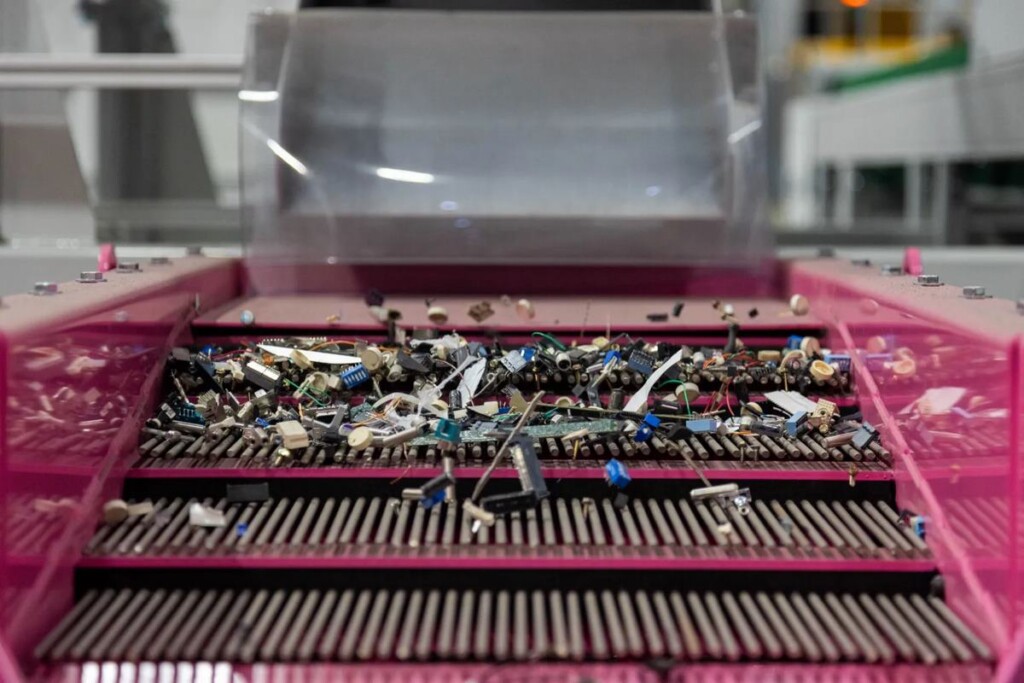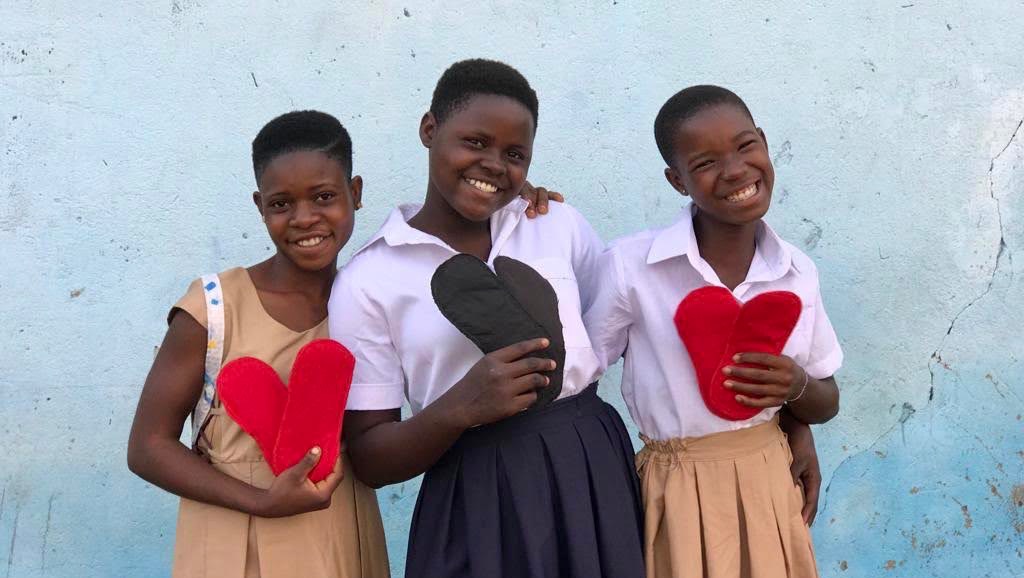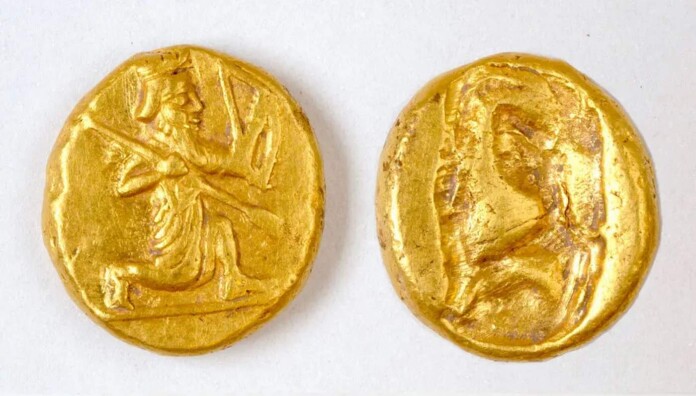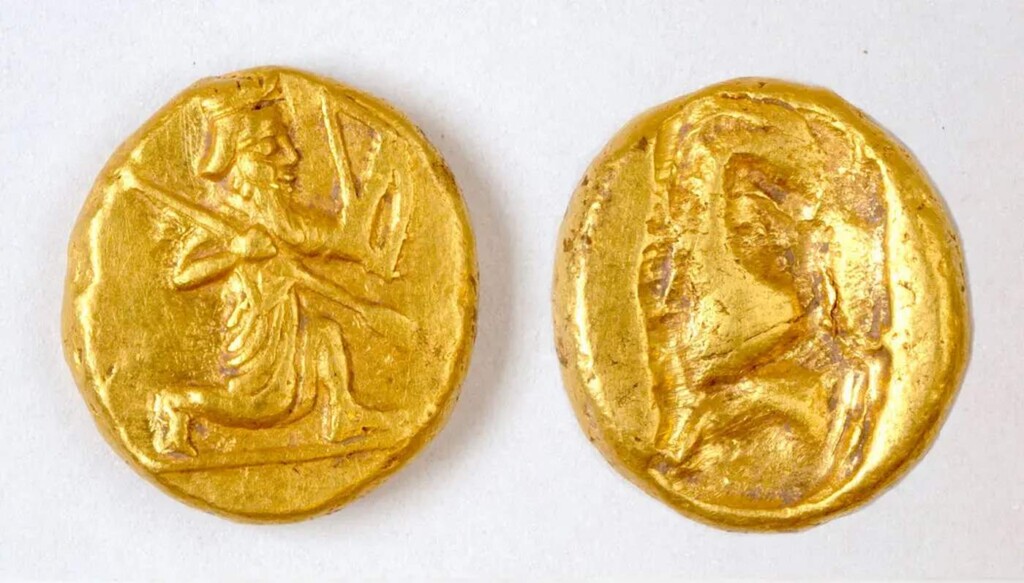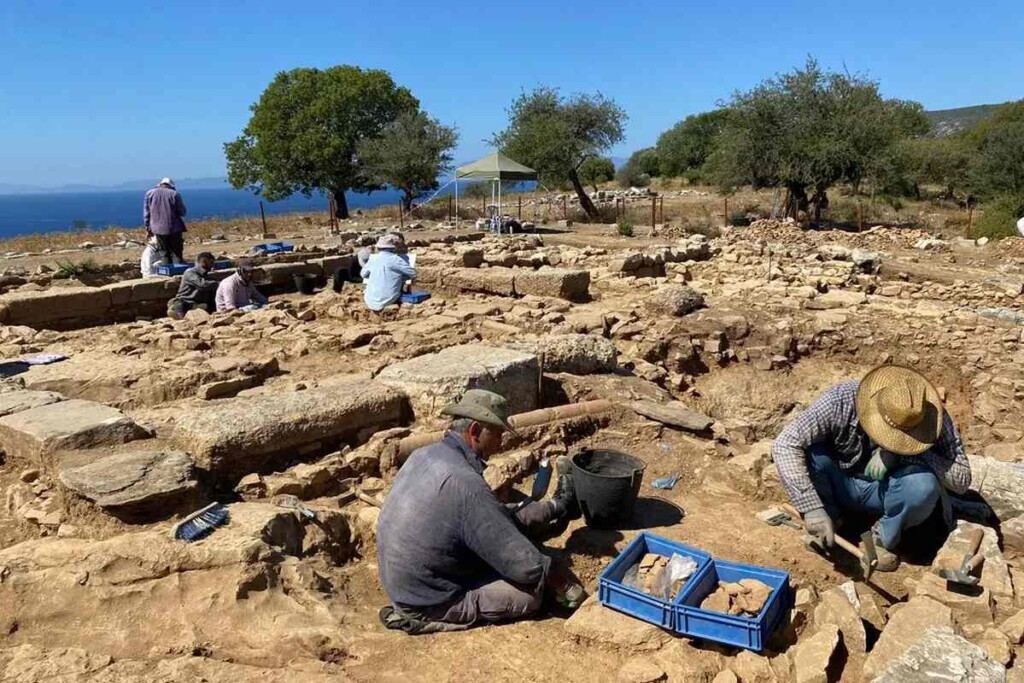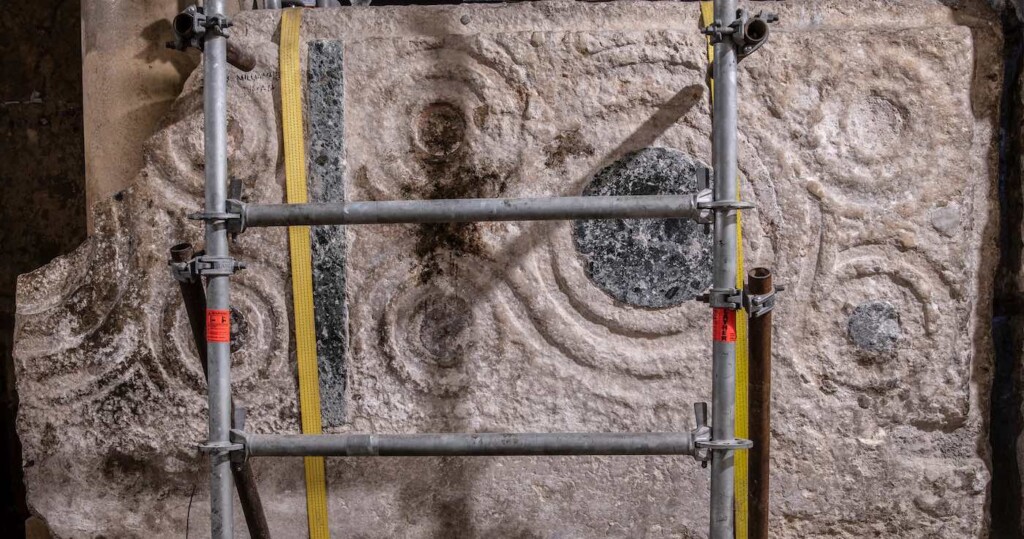
Inside one of the most extensively researched historic sites—the Church of the Holy Sepulchre in Jerusalem, where Jesus was crucified and buried—researchers have discovered the largest known medieval altar, which had been considered lost for decades.
After its unveiling in 1149, the magnificently carved ‘high altar’ made a great impression on visitors for many centuries, until it abruptly disappeared from public view following a major fire in the Romanesque part of the church in 1808.
“Since then, the ‘Crusader’s altar’ was lost—at least that’s what people thought for a long time,” says Ilya Berkovich, historian at the Austrian Academy of Sciences (OeAW).
So Berkovich and archaeologist Amit Re’em from the Israel Antiquities Authority were shocked when they made their sensational discovery right in the middle of the Church of the Holy Sepulchre.
In a rear corridor of the publicly accessible church, a stone slab weighing several tons had been leaning against the wall for an unknown period of time. People even left graffiti all over the front side of the slab. When it was turned around due to construction work, it revealed its true, much older artistic heritage.
It was decorated with beautiful ribbon ornaments which enabled its identification as the once magnificent front panel of the medieval Crusader altar, which seemed to have been lost after the fire two centuries ago.
For historians, this find is “a sensation” in several respects. Firstly, the fact that the slab could have remained hidden for so long in such an intensively researched building—especially as it was in view of thousands of pilgrims and tourists every day.
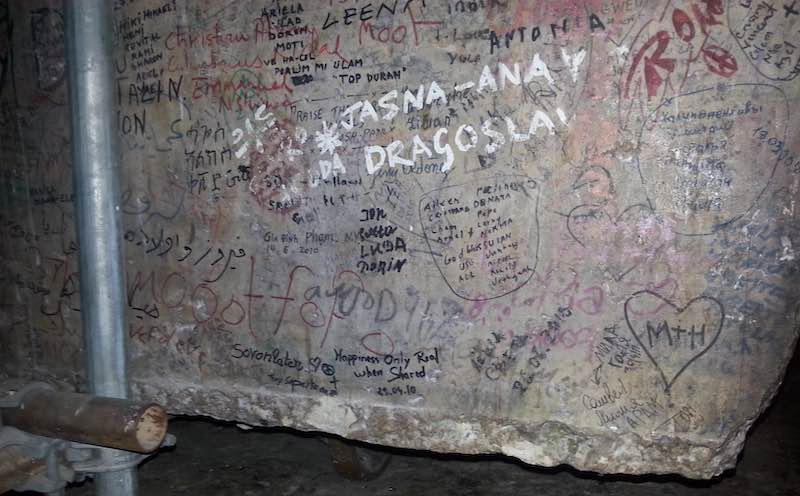
“The fact that something so important could stand unrecognized in this of all places was completely unexpected,” said Berkovich, who co-authored a recently published article (in Eretz-Israel, Volume 35, 2024).
ANOTHER DISCOVERY: Remains of Ancient Papal Palace Established by Constantine Believed to Have Been Found in Rome
No less significant is the new information which the discovery provides about the medieval high altar’s origin—and the previously unknown connection between Rome and the Christian Kingdom of Jerusalem.
The unusual decorations are achieved by a special stonemason production technique for marble decoration called ‘Cosmatesque’.
This was practiced exclusively by guild masters who served papal Rome. They passed the skill down from generation to generation. A characteristic feature of this technique was its masters’ ability to decorate large surfaces with small quantities of precious marble. In medieval Rome marble was mainly scraped from ancient buildings, forcing the Cosmatesque masters to optimize whatever marble they could find.
Their solution was to put small marble pieces together with the utmost precision, attaching it in such a way as to create complex geometric patterns and dazzling ornaments.
For any Pope, the Cosmatesque art was a cherished status symbol. Only a few Cosmatesque works of art are known outside of Rome, and, so far, only one outside of Italy: in Westminster Abbey, where the Pope had sent one of his masters.
The Cosmatesque altar now rediscovered in Jerusalem must also have been created with the Pope’s blessing. By sending one of the Cosmatesque masters to the Kingdom of Jerusalem to make the new high altar in Christianity’s holiest church, the Pontif supported Christianity’s “claim” to the church.
DID YOU SEE THIS? Perfectly Preserved 250-Year-Old Cherries Found in George Washington’s Cellar at Mount Vernon

The rediscovered high altar is proof of a previously unknown direct connection between Rome and Jerusalem, which is also important for European art history.
“With an original breadth of more than 3.5 meters (11 feet), we have discovered the largest medieval altar currently known,” said Berkovich.
He hopes that further research in the papal archives will reveal more details about the history of the altar, possibly even the identity of the Cosmatesque master who created the artwork.
AMAZING:Archaeologists Unearth the Long-Lost Top Half of an Enormous Ramses II Statue
Historians do know a lot about the exact day of the altar’s unveiling on July 15, 1149.
It was a celebration day in Jerusalem, marking the 50th anniversary of European Crusaders conquering the Holy City to establish a Latin Kingdom, after centuries of Muslim rule.
The highlight of the jubilee was the re-consecration of the Church of the Holy Sepulchre. In the middle of the church building, which had been magnificently extended in the Romanesque style in the preceding years, a special work of art saw the light of day: a newly created high altar that has been praised by pilgrim accounts from the 16th, 17th and 18th centuries as simply the “magnificent marble altar in Jerusalem”.
SHARE THE FIND With Art Lovers And All Your Christian Friends On Social Media…




















